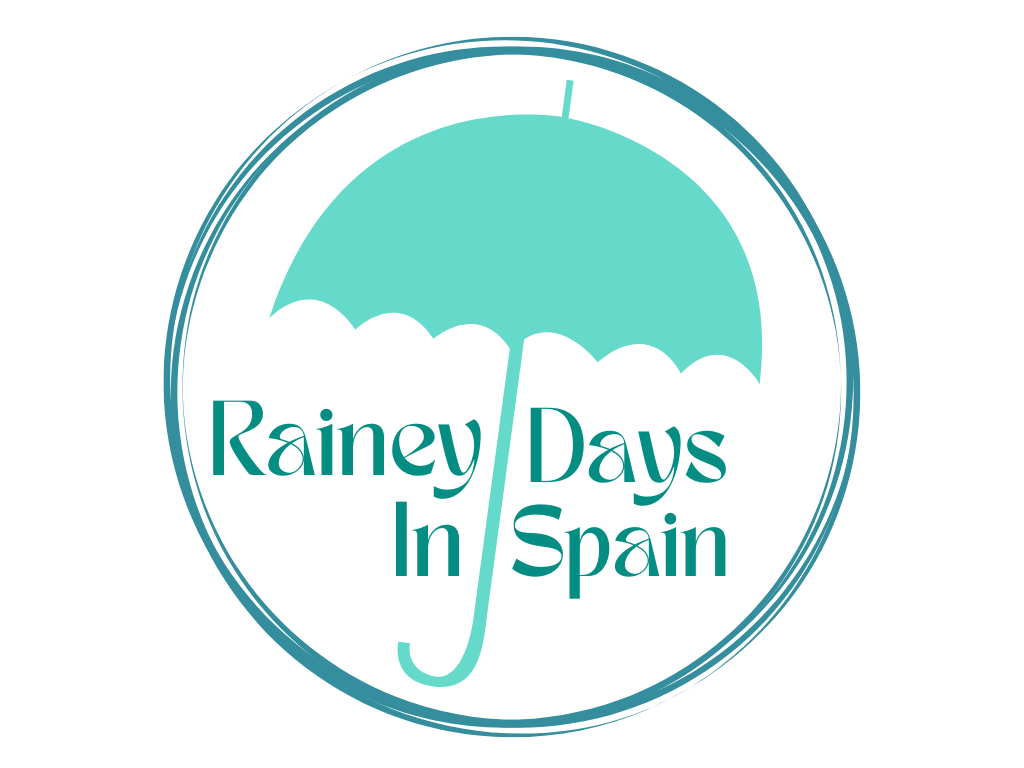Castillos - Castles in Spain
We're already on our third installment of the Spanish culture segment, working through the alphabet. This month we have C for Castillo (pronounced cas-ti-yo) which means "castle" in English.
Before I ever moved to Spain, I'd already heard of the castles in Spain, because when I lived in France, I learned the snarky expression, "building castles in Spain," as a way to describe dreams or plans that are unrealistic. That expression was coined in the 1300's, but over the past several hundred years, it devolved into our English version as, "building castles in the air." I'm not sure why building castles in Spain was ever seen as an unrealistic project, because there are literally castles EVERYWHERE in this country.
One of my favorite castles is nearby in Segovia (pictured at the top, above); its towers and turrets were part of the inspiration for Walt Disney, when he designed the Cinderella castle. But these turrets also have a distinct spiritual application!
In 1577, a Spanish nun named Teresa de Ávila wrote a book called “The Interior Castle,” to inspire spiritual development through prayer and service. Since she was a Catholic and a mystic, I cannot endorse all of her writing. But in her book, she writes using the metaphor of a castle to describe the fullness of God’s presence. As we enter through the gates, the wide, open courtyard is accessible to all, but as we pass through into the interior sections, the castle grows more and more private, as if God is drawing us into deeper and more intimate knowledge of Himself. He gives deeper and greater revelation as we push through into a more intense practice of prayer. It’s an interesting metaphor, but since I’ve personally toured Spanish castles, I can assure you, it’s accurate.
Any time a visitor comes, nearby Segovia is a popular “best of Spain” destination. I’ve toured the castle there so often I’ve lost count, and Teresa of Ávila is right. As you enter past the moat and the drawbridge, you pass from the open courtyard to wide halls lined by huge windows to provide light for dining and celebration, decorated with painted ceilings and extensive tapestries to impress guests. But beyond those public rooms, the interior of the castle gets darker and smaller, with the King of the castle having bedrooms in the most central (therefore, most protected) part.
My favorite feature of the Segovia castle is the king’s private balcony, which looks out over the surrounding countryside with an almost 360 degree view. But it is ONLY accessible from the king’s personal chambers. No one else had access to that privacy or privilege. Teresa of Ávila describes the relentless pursuit of knowing God in that way, as well. Anyone can enter into the public and basic knowledge of God, but to fully KNOW Him, we can only follow His invitation to push further, learn more, spend pure and concentrated time with Him in prayer and then receive that great privilege of a personal connection with Him that only comes to the few who whole-heartedly seek Him.
When you see a photo of castles, here in Europe or even at Disney World, I hope that you’ll remember the pursuit of the deepest relationship with God, as visualized by a castle where God is always making you welcome.

